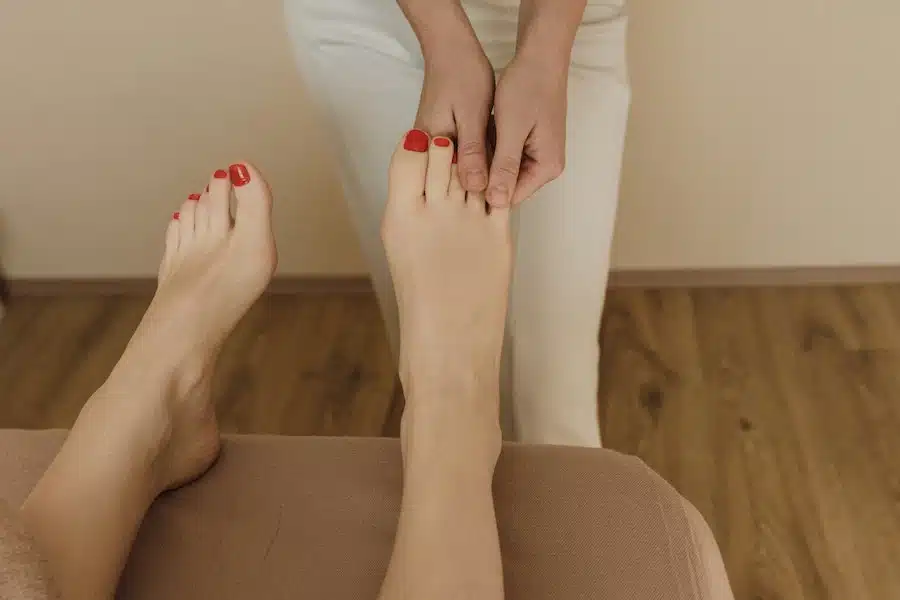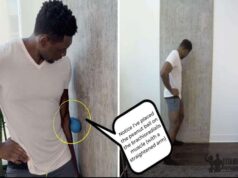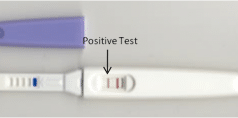
Ingrown toenails can be uncomfortable and painful, causing inflammation and discomfort. In severe cases, surgery may be necessary to remove the offending nail and promote healing. While toenail ingrown surgery is generally straightforward, taking the required precautions is essential to ensuring a smooth and speedy recovery.
This blog post will discuss 15 common mistakes to avoid after ingrown toenail surgery to promote better healing. By following these tips, you can reduce the risk of complications, minimize discomfort, and get back to your daily activities as quickly as possible.
Ignoring Your Doctor’s Instructions
Your doctor will provide you with specific instructions on how to care for your toe after surgery. Following these instructions closely is essential, as ignoring them can result in complications and a longer healing time.
Your doctor may explain how to care for your wound, when to change your bandage, and what activities to avoid. Make sure you understand these instructions thoroughly and follow them accordingly.
Not Taking Care Of Your Wound.
After your surgery, you will have a wound on your toe that needs proper care to promote healing. It’s essential to keep the area clean and dry, change the bandage regularly, and avoid activities that could cause irritation or infection.
Your doctor may prescribe a topical ointment or antibiotic to help prevent disease. Contact your doctor immediately if you notice any redness, swelling, or discharge from the wound.
Not Elevating Your Foot.
Elevating your foot can help reduce swelling and pain after surgery. Keeping your foot above your heart for the first few days after surgery is crucial to promote proper healing. Your doctor may recommend upgrading your foot for a specific amount of time each day. Follow their advice and keep your foot elevated as much as possible.
Wearing The Wrong Shoes.
Wearing the wrong shoes after surgery can delay the healing and cause further discomfort. It’s essential to wear comfortable and supportive shoes that allow your toe to heal properly.
Avoid tight-fitting shoes, high heels, or shoes with a narrow toe box. Instead, opt for shoes with a wide toe box and good arch support. Your doctor may recommend a specific type of shoe or provide you with a temporary cast or splint to wear.
Overexerting Yourself.
It’s essential to take it easy after surgery and avoid any strenuous activity that could cause further injury. This includes exercise, heavy lifting, and any other activities that could put pressure on your toe. Your doctor may recommend specific exercises or stretches to promote healing and prevent stiffness, but following their advice is crucial as avoiding overexertion.
Smoking Or Using Tobacco Products.
Smoking can interfere with the healing process and increase the risk of infection. If you’re a smoker, quitting smoking before and after surgery is essential to promote proper healing. If you need help leaving, talk to your doctor or seek support from a smoking cessation program.
Drinking Alcohol.
Alcohol can interfere with the healing process and increase the risk of bleeding. It’s essential to avoid drinking alcohol for at least 48 hours after surgery. Your doctor may recommend a more extended period of abstinence, depending on your specific situation.
Not Keeping Your Follow-Up Appointments.
After your surgery, you will have follow-up appointments with your doctor to ensure proper healing. Keeping these appointments to monitor your progress and address any concerns is essential. Your doctor may remove stitches or check the wound to ensure it’s healing correctly.
Touching Or Picking At Your Toe.
It’s important to avoid touching or picking at your toe after surgery. This can irritate an infection and delay the healing process. If you experience itching or discomfort, ask your doctor for recommendations on alleviating these symptoms without causing further damage to the wound.
Not Taking Pain Medication As Prescribed.
After surgery, you may experience pain and discomfort. Taking pain medication as prescribed to manage your pain and promote proper healing is essential. Contact your doctor for alternative options if you’re experiencing severe pain or the drug isn’t working.
Not Using Ice.
Ice can help reduce swelling and pain after surgery. It’s important to use ice as directed y your doctor to promote proper healing. Your doctor may recommend using ice for a specific amount of time each day or provide you with an ice pack. Make sure to follow their advice and use ice as directed.
Needing More Rest.
Rest is crucial for proper healing after surgery. Getting plenty of rest and avoiding activities that could cause further injury is essential. Your doctor may recommend limiting your activities or taking time off work to promote healing. Follow their advice and give yourself enough time to rest and recover.
Not Watching For Signs Of Infection.
After surgery, it’s essential to watch for signs of infection, such as redness, swelling, or discharge. If you notice any of these symptoms, contact your doctor immediately. Your doctor may prescribe antibiotics or recommend other treatments to prevent infection. It’s essential to catch a disease early to prevent it from spreading and causing further complications.
Not Keeping Your Toe Dry.
It’s essential to keep your toe dry after surgery to prevent infection. This includes avoiding activities such as swimming or soaking your foot in water. Your doctor may recommend covering your foot with a waterproof cast or splint to keep it dry during activities that could expose it to moisture.
Not Giving Yourself Enough Time To Heal.
It’s important to give yourself enough time to heal after surgery. Rushing the healing process can result in complications and delay your recovery. Your doctor will provide a timeline for when you can expect to return to normal activities. Follow their advice and give yourself enough time to heal correctly.
The Bottom Line
Ingrown toenail surgery can be a simple and effective treatment for this painful condition. However, taking the necessary precautions to ensure proper healing is essential. By following your doctor’s instructions, taking care of your wound, wearing the right shoes, avoiding overexertion, and giving yourself enough time to heal, you can reduce the risk of complications and promote a speedy recovery. Remember to watch for signs of infection and contact your doctor if you have any concerns or unusual symptoms during the healing process.








